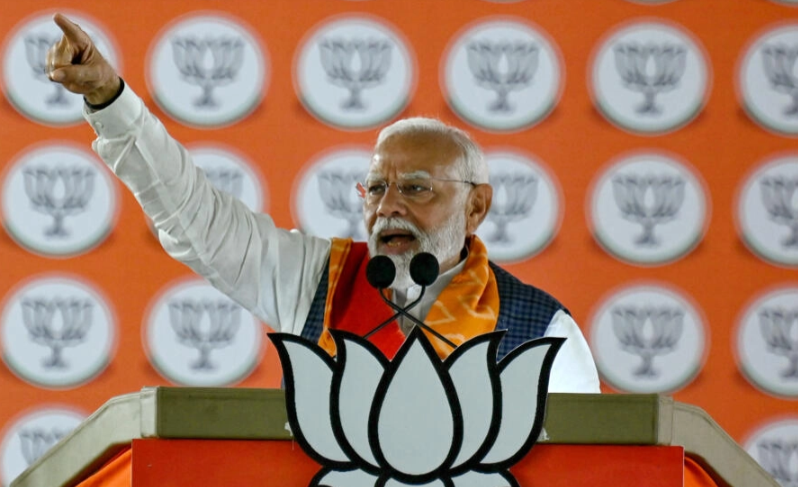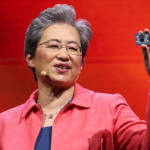The recent democratic exercise in India, touted as the largest in history, also witnessed an alarming surge in false information spread through social media platforms and instant messaging services. Raqib Hameed Naik, representing the US-based India Hate Lab, noted the unprecedented scale of disinformation during the elections, emphasizing the dissemination of conspiracy theories aimed at deepening communal divisions.
Across the political spectrum, AFP fact-checkers tackled 40 instances of election-related misinformation, spanning from fabricated videos featuring Bollywood celebrities endorsing opposition parties to falsified footage depicting individuals casting multiple votes.
While some misinformation took on a humorous or crude tone, others were more insidious and meticulously crafted to deceive. Regardless of their nature, these false narratives were widely circulated, underscoring the challenge of combating misinformation in the digital age.
During India’s recent elections, Prime Minister Narendra Modi’s Bharatiya Janata Party (BJP) faced criticism for circulating posts that exacerbated sectarian tensions with the country’s minority Muslim community.
These posts, often echoing Modi’s inflammatory campaign rhetoric, falsely alleged that his opponents intended to redistribute India’s wealth in favor of Muslims. Raqib Hameed Naik highlighted that such content aimed to stoke fear and hostility towards Muslims, with the intention of polarizing voters along religious lines. This strategy, Naik argued, not only undermined the integrity of the democratic process but also fostered division and animosity within society.
While misinformation was prevalent across the political spectrum, opposition leader Rahul Gandhi of the Congress party was a prominent target. His statements and images were frequently shared on social media, often distorted or taken out of context. For instance, digitally manipulated videos and images falsely portrayed Gandhi as endorsing Modi or aligning himself with India’s adversaries, Pakistan and China.
These misleading narratives sought to portray Gandhi, a Hindu, as antagonistic towards India’s majority religion, leveraging Modi’s image as a defender of Hindu faith. Such misinformation included fabricated videos and photos falsely implicating Gandhi in the destruction of Hindu temples and portraying him as disrespectful towards Hindu religious symbols. Despite being debunked, these falsehoods were widely disseminated by BJP supporters, exacerbating communal tensions during the election period.
During India’s recent elections, political parties, including the Bharatiya Janata Party (BJP) and the Congress party, employed sophisticated digital outreach and social media strategies. Critics, however, pointed to the BJP’s well-organized online campaign as a driving force behind the proliferation of disinformation. Rahul Gandhi, the leader of the Congress party, alleged that substantial amounts of money were used to tarnish his image, attributing this effort to Modi’s party.
However, opposition parties also engaged in spreading misinformation aimed at discrediting the BJP and promoting Congress. For example, digitally manipulated videos featuring Bollywood actors criticizing the BJP and endorsing Congress were circulated. Additionally, an old video was shared to falsely accuse the ruling party of tampering with electronic voting machines to rig the election.
This widespread dissemination of manipulated content has led to a decline in trust in the information being circulated. Joyojeet Pal, an expert on technology’s role in democracy, noted that Indian social media users are increasingly aware of the prevalence of disinformation during elections. Despite this awareness, individuals may still share such content if it aligns with their beliefs, even if they recognize it as doctored or false.



